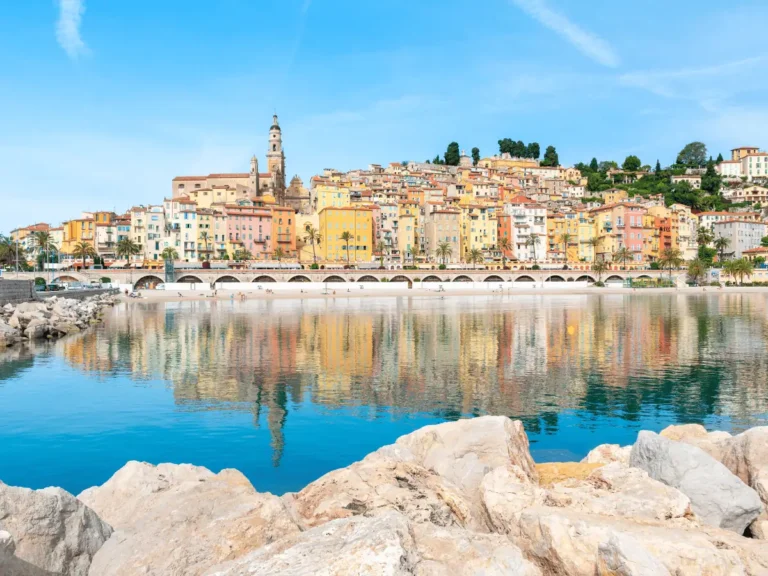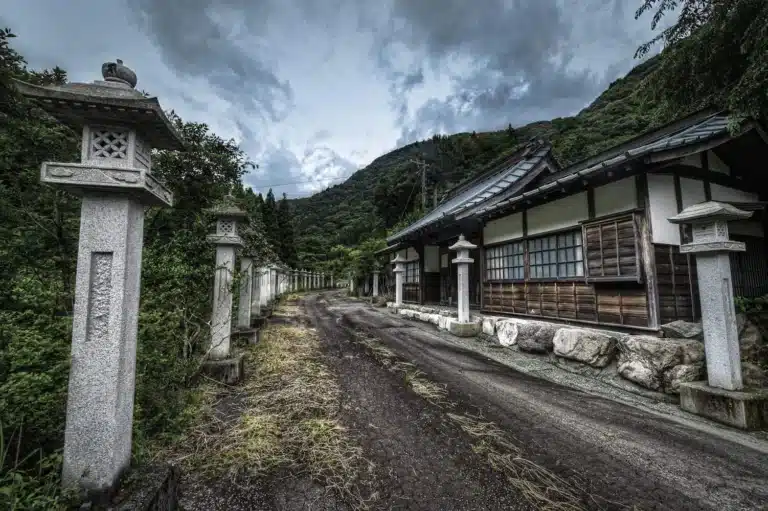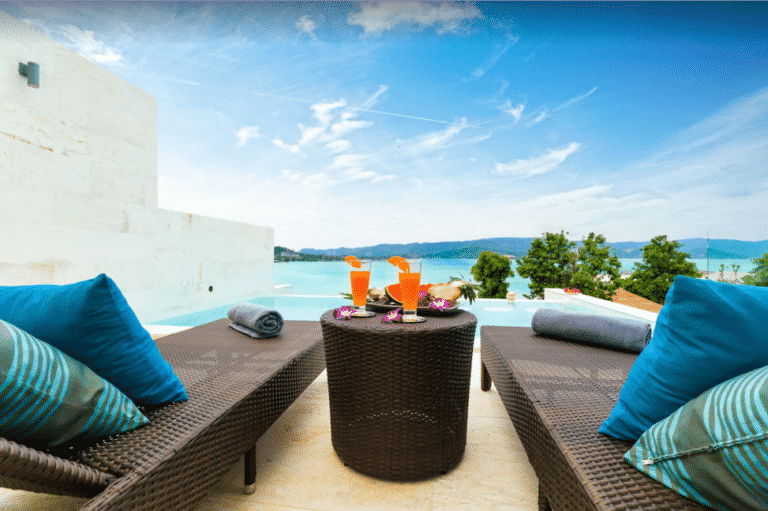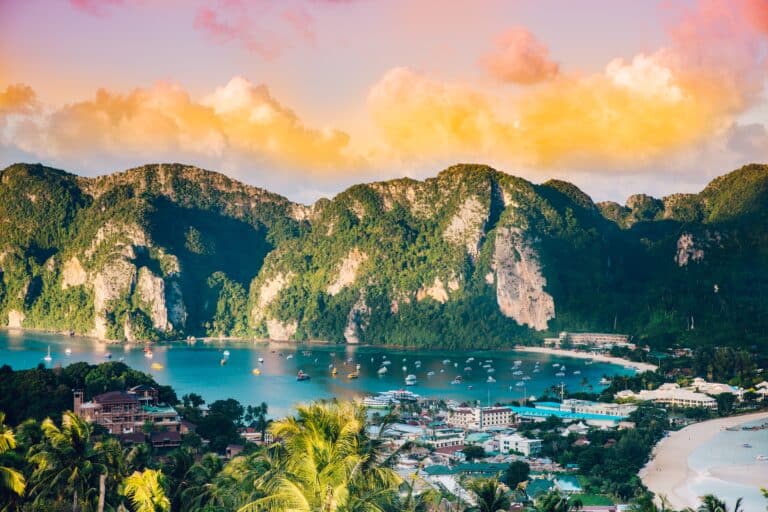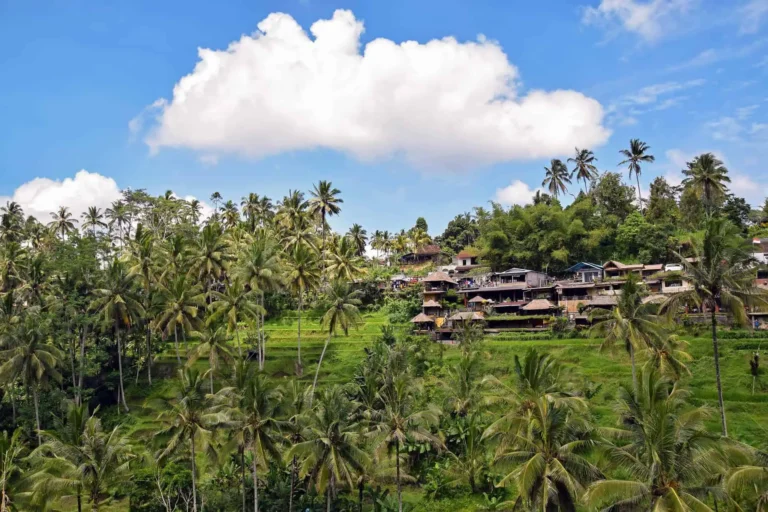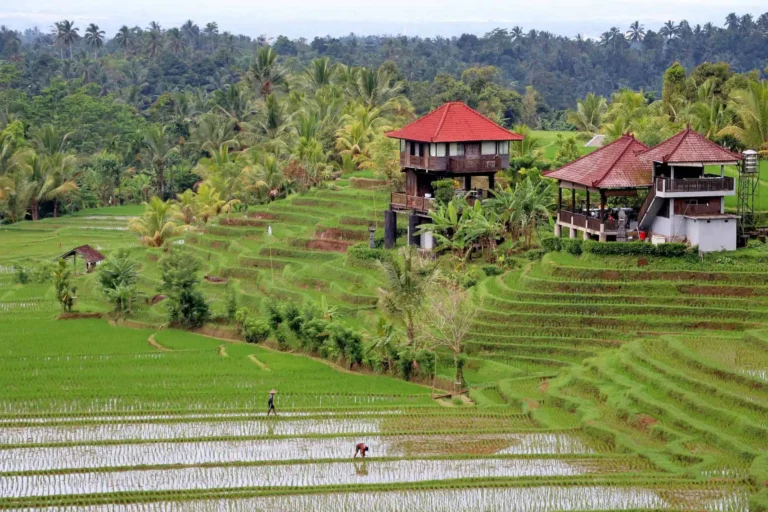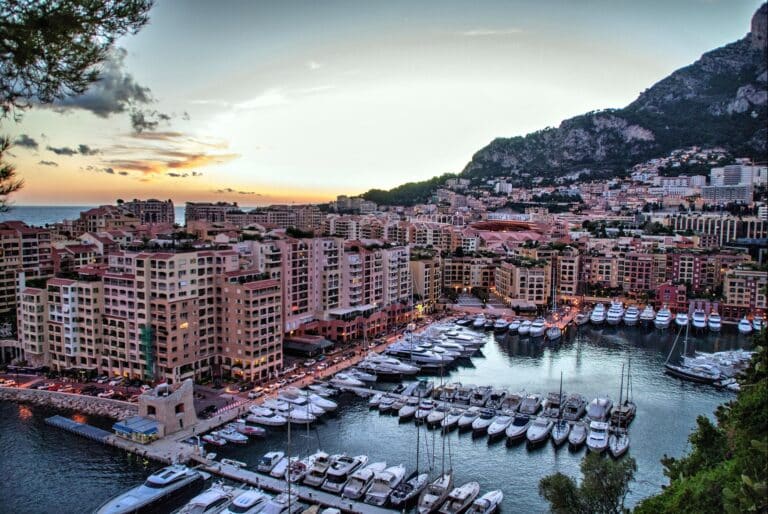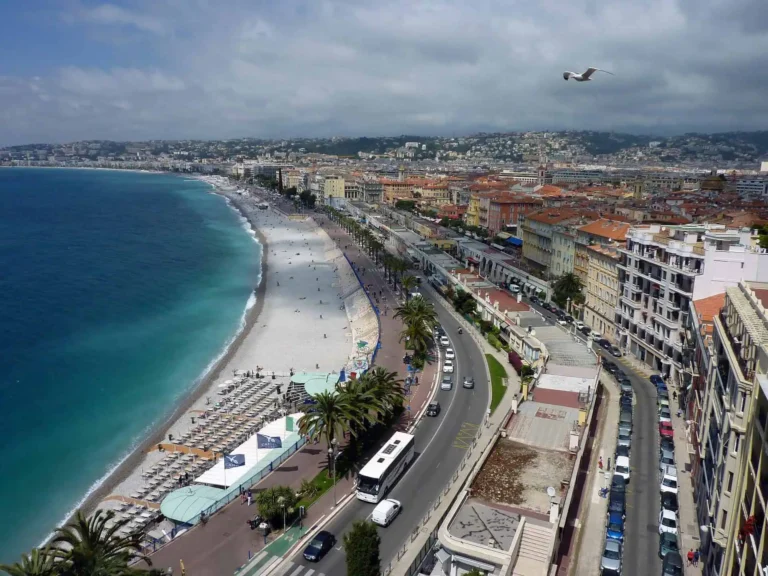When most people think of Japan, they picture neon-lit streets, bullet trains, and crowds in Tokyo. But beyond the cities, there’s another version of Japan — one that’s peaceful, slow, and surprisingly empty.
Across the countryside, there are millions of abandoned homes known as akiya. Some are dusty and forgotten. Others are full of character, waiting for someone to open the door and bring them back to life. They tell stories of changing times, shifting generations, and quiet towns that once thrived.
In this guide, we’ll explore what akiya really are, why they exist, where you can find them, and how travelers — yes, even you — can stay in, explore, or even buy one. Whether you’re dreaming of off-the-grid adventures or simply want to see a side of Japan most tourists miss, this is your starting point.
What Is an Akiya?
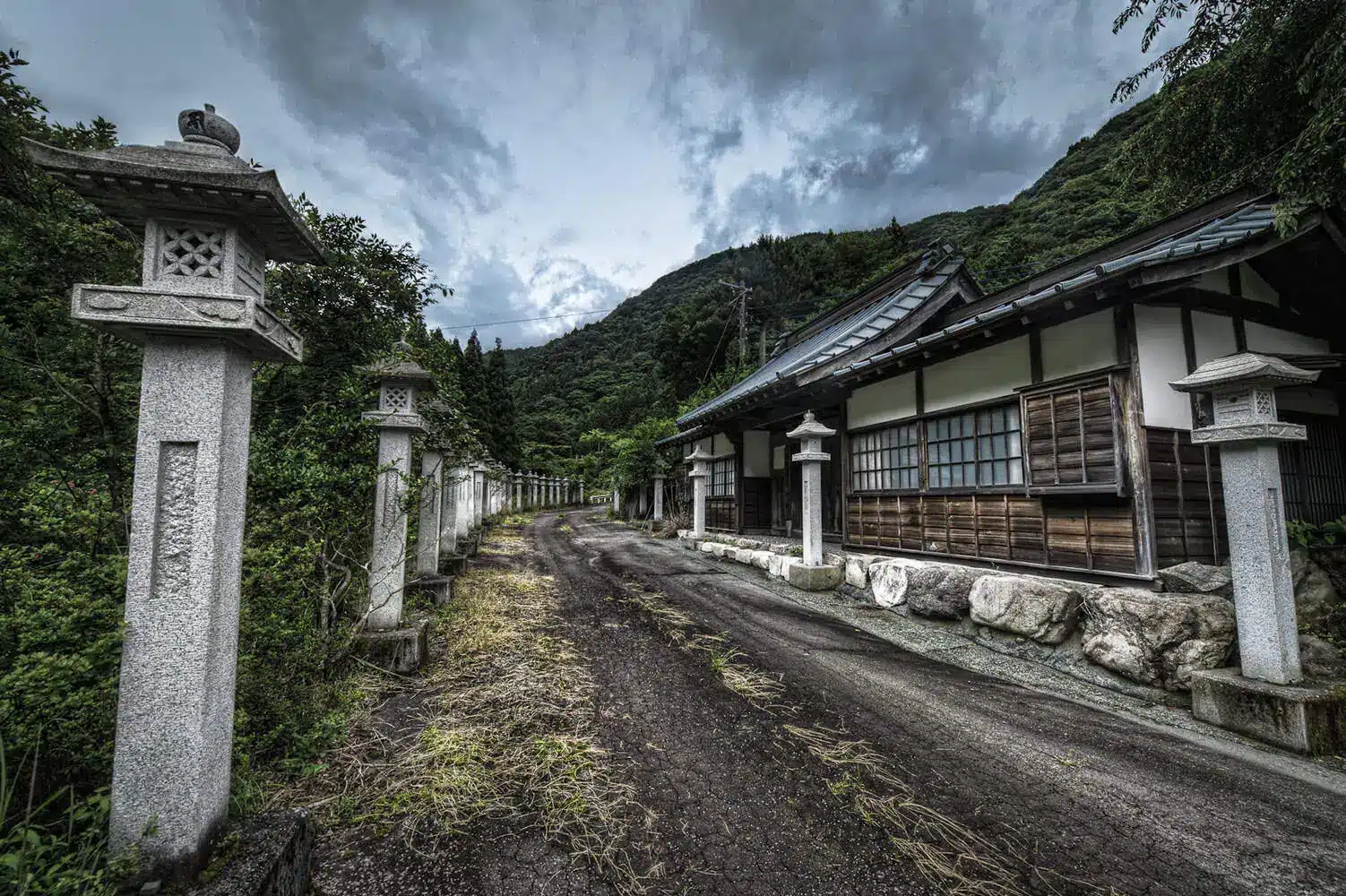
In Japanese, “akiya” means “empty house”. These are homes — often traditional, sometimes even charming — that have been left behind. You’ll find them scattered across Japan: nestled in sleepy mountain villages, tucked away in the countryside, or sitting quietly on remote islands.
Some akiya are old and crumbling. Others still have furniture, teacups on the shelves, or bicycles waiting in the shed — like someone just stepped out and never came back. Many are beautiful, wooden homes full of craftsmanship that’s hard to find today.
For travelers, akiya offer a glimpse into Japan’s slower, more nostalgic side. They’re not the kind of places you’ll find in glossy brochures — but that’s part of what makes them special. These homes whisper stories of generations, of a different pace of life, and of the changing face of Japan.
Why Are There So Many Abandoned Houses in Japan?
At first glance, it’s hard to believe a country as orderly and well-populated as Japan has millions of empty homes. But there are a few big reasons why:
An Aging Population
Japan has one of the oldest populations in the world. As older generations pass away, their rural homes are often left behind. Sometimes, the family is too far away to manage the property — or no one wants to move back.
Urban Migration
Young people are moving to cities like Tokyo, Osaka, and Fukuoka for work and opportunity. As a result, many small towns are becoming emptier, leaving family homes unoccupied for years.
Cultural Beliefs
There’s sometimes a hesitation to live in inherited or secondhand homes. In particular, homes where someone passed away may carry cultural or spiritual sensitivities.
High Maintenance Costs
Traditional Japanese homes are beautiful but require a lot of upkeep. Wooden frames, tatami mats, and tiled roofs need regular care. Plus, the cost of bringing an old home up to modern standards can be high.
The result? More than 8 million akiya across the country — and the number is still growing.
Can Foreigners Buy Akiya?
Yes — they absolutely can!
Foreigners are allowed to buy property in Japan (even without residency or citizenship). In fact, many akiya are marketed directly to international buyers and DIY dreamers who want to restore something meaningful.
Why Some Akiya Are Free (or Almost Free)
Interestingly, some towns are offering abandoned homes for incredibly low prices — or even giving them away — to encourage repopulation and revitalization. These offers often come with strings attached, like:
- You must move in within a certain period
- You must renovate or restore the property
- You may be asked to register the land or cover paperwork costs
It’s not always easy — but it can be rewarding.
What to Expect:
- Many listings are on regional government-run akiya banks (usually in Japanese)
- Homes vary widely—some are near collapse, others just need some love
- Expect paperwork, local regulations, and potential language barriers
But for those up for the challenge, an akiya could be a new lifestyle, a quiet getaway, or even a guesthouse for slow travelers.
Where Can You Find Akiya in Japan?
You’ll find akiya from Hokkaido to Okinawa — but some areas are especially known for them. Here are a few regions worth exploring:
Shikoku
Japan’s smallest main island is home to rural villages, winding rivers, and forested hills. It’s quiet, peaceful, and full of opportunity for anyone craving a slower life — or a hiking trip with a home base.
Kyushu
This southern island has hot springs, volcanoes, and coastal towns where akiya often sit near scenic spots. Towns like Beppu and Kumamoto offer both culture and calm.
Yamanashi
Just west of Tokyo, Yamanashi is known for its wine, mountains, and proximity to Mt. Fuji. Some akiya here have postcard views of the iconic peak.
Nagano
Famous for its winter sports, hot springs, and forests, Nagano’s abandoned homes often hidea away in the mountains. Ideal for skiers, nature-lovers, and digital nomads.
Noto Peninsula
This remote stretch of coast is all about fishing villages, dramatic views, and a real sense of solitude. It’s far from the neon lights — and that’s the point.
Staying in an Akiya as a Traveler
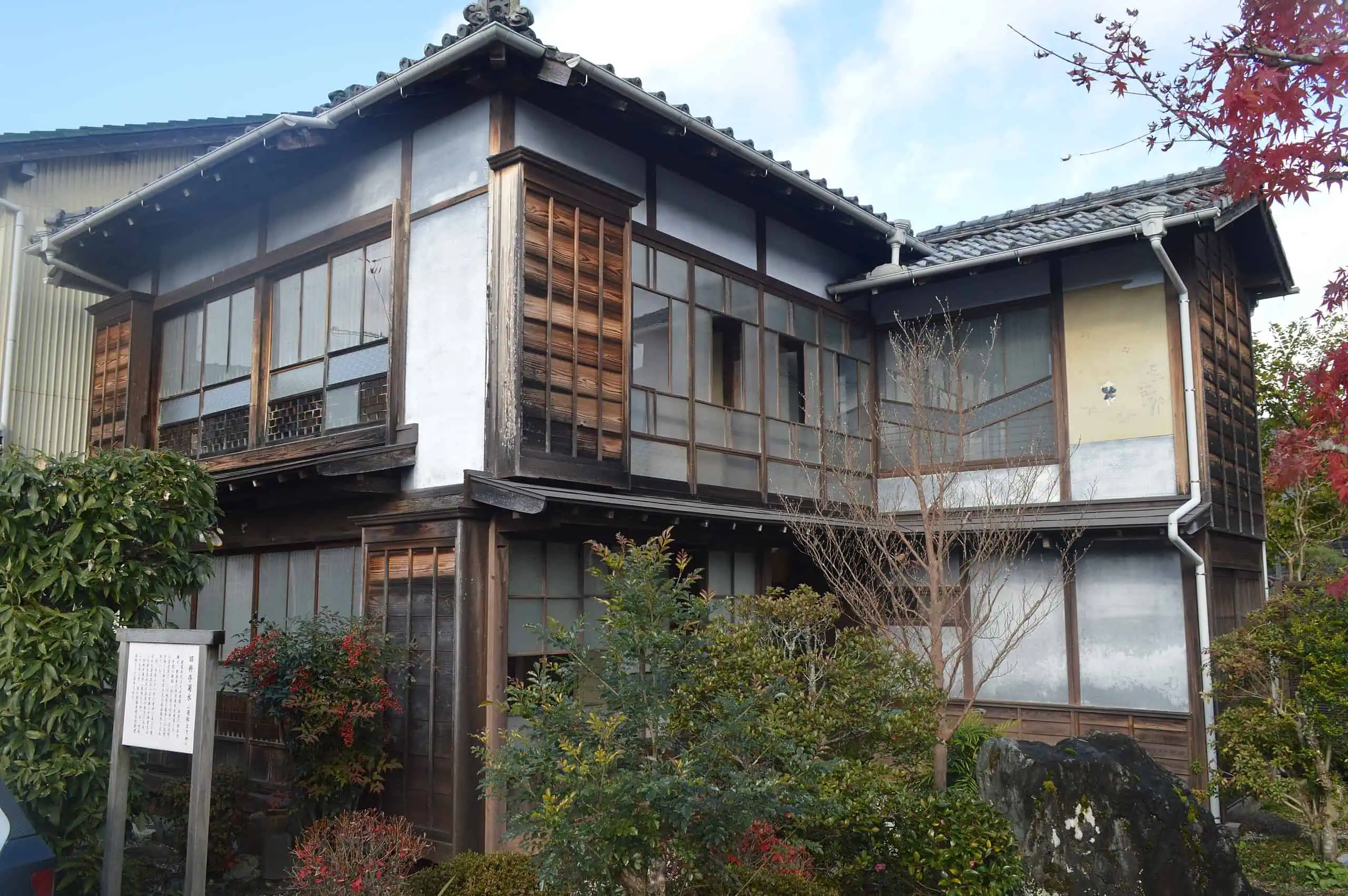
Not ready to buy? No problem. You can still experience akiya life without the paperwork. Some are now guesthouses, inns, and farm stays.
Why Stay in an Akiya?
- It’s peaceful and quiet— a world away from busy city hotels
- You’re surrounded by nature, culture, and community
- It feels personal, not commercial
You might sleep on tatami mats, wake to birdsong, help with a local harvest, or join a neighborhood festival. It’s a truly local experience.
How to Find Akiya Stays:
- Check sites like Airbnb, Booking.com, or Japanese inn platforms (like Rakuten or Jalan)
- Look for keywords like “kominka” (traditional home), “guesthouse,” or “renovated akiya”
- Ask local tourism offices — they often know about new akiya stays run by locals
How Akiya Fit Into Japan’s Future
While the rise of abandoned homes can seem sad, many people in Japan are turning this into something hopeful.
Revitalization Projects
- Local governments are offering grants and support to restore homes
- Entrepreneurs are opening countryside cafés, lodges, and studios inside old akiya
- Artists and remote workers are creating small creative communities in rural areas
Akiya and Slow Travel
As more travelers look beyond Tokyo and Kyoto, akiya offer a different kind of trip. One where you:
- Spend time in nature
- Meet locals
- Learn a new rhythm
If you’re curious about Japan’s past and open to its evolving future, this might be the kind of travel that stays with you long after you’ve unpacked.
About the Air Doctor App
With the Air Doctor app in your pocket, you can access medical care and receive expert medical guidance anywhere you travel.
Air Doctor offers a wide range of benefits, including:
- A global network of over 20,000 multi-lingual doctors and specialists
- Choice of clinic, at-home (hotel), and video consultations
- Active in 90 countries
- 24/7 multi-lingual support
- Transparent pricing and reviews
- Most common medical specialties, including cardiologists
FAQs
If you buy an akiya, you’ll need to pay some basic taxes. The yearly property tax is usually around 1.4% of the home’s value — but since most akiya are in small towns, it’s often pretty cheap. You might also pay a small extra fee (about 0.3%) if the house is in a city planning area. When you buy, there’s a one-time cost for paperwork and registration, usually around 3 – 6% of the price. Some towns even offer tax discounts to help new buyers fix up these homes.
A lot of people in Japan move from the countryside to big cities like Tokyo or Osaka for work, leaving their family homes behind. At the same time, Japan has an aging population — many older homeowners pass away, and their houses stay empty. Some people don’t want to live in an old home or one where someone died, and fixing them up can be expensive. So, over time, more and more houses are left empty — especially in smaller towns and rural areas.
Most akiya are in rural areas where there isn’t much demand, so prices stay low. Some need major repairs, and others have been sitting empty for years. On top of that, many people in Japan prefer new homes over old ones, so it’s harder to sell secondhand houses. All of this makes akiya much cheaper than typical homes — some even get listed for free if the new owner agrees to fix them up!

